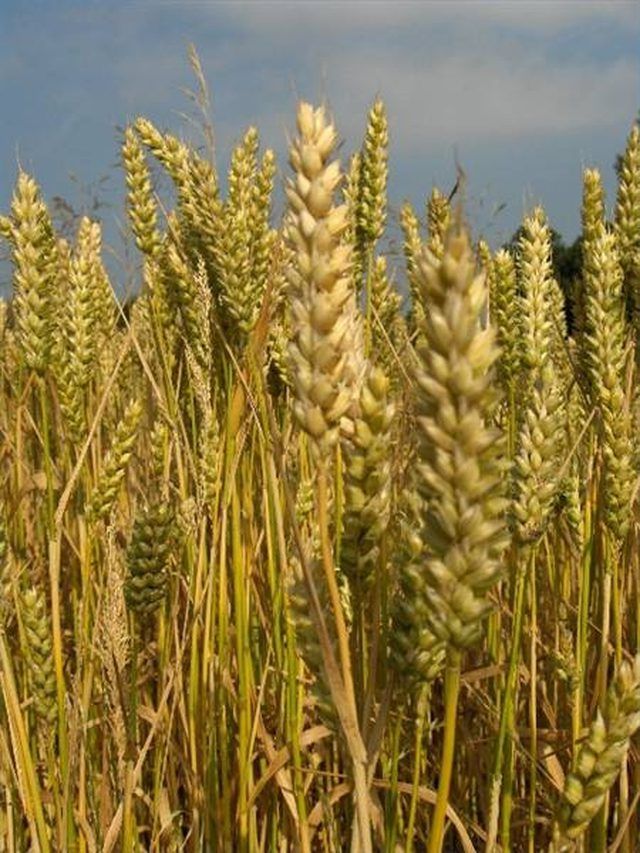Bulbs
Flower Basics
Flower Beds & Specialty Gardens
Flower Garden
Garden Furniture
Garden Gnomes
Garden Seeds
Garden Sheds
Garden Statues
Garden Tools & Supplies
Gardening Basics
Green & Organic
Groundcovers & Vines
Growing Annuals
Growing Basil
Growing Beans
Growing Berries
Growing Blueberries
Growing Cactus
Growing Corn
Growing Cotton
Growing Edibles
Growing Flowers
Growing Garlic
Growing Grapes
Growing Grass
Growing Herbs
Growing Jasmine
Growing Mint
Growing Mushrooms
Orchids
Growing Peanuts
Growing Perennials
Growing Plants
Growing Rosemary
Growing Roses
Growing Strawberries
Growing Sunflowers
Growing Thyme
Growing Tomatoes
Growing Tulips
Growing Vegetables
Herb Basics
Herb Garden
Indoor Growing
Landscaping Basics
Landscaping Patios
Landscaping Plants
Landscaping Shrubs
Landscaping Trees
Landscaping Walks & Pathways
Lawn Basics
Lawn Maintenance
Lawn Mowers
Lawn Ornaments
Lawn Planting
Lawn Tools
Outdoor Growing
Overall Landscape Planning
Pests, Weeds & Problems
Plant Basics
Rock Garden
Rose Garden
Shrubs
Soil
Specialty Gardens
Trees
Vegetable Garden
Yard Maintenance
How to Grow Wheat In a Greenhouse
How to Grow Wheat In a Greenhouse. Although most people think of wheat as a grain, wheat is also a grass. Just after corn, wheat is the second most produced crop in the world. Wheat can be ground into flour, which can create limitless baked goods and breads. Growing your own wheat can limit the chance that your food is infected with pesticides and...

Although most people think of wheat as a grain, wheat is also a grass. Just after corn, wheat is the second most produced crop in the world. Wheat can be ground into flour, which can create limitless baked goods and breads. Growing your own wheat can limit the chance that your food is infected with pesticides and can help you save money in the long run. You can grow wheat all year long if you grow it in a greenhouse--the recommended way to grow wheat if you have limited space. Because your are planting your wheat in a greenhouse, you can plant it anytime, but most farmers plant wheat as soon as they see the first frost in late fall.
Things You'll Need
1-foot deep, square tray
Topsoil
Fertilizer
Small rake
Wheat seeds
Small scythe
Fill a 1-foot deep, square planting tray 3/4 full with topsoil. You can purchase topsoil at your local hardware or gardening store.
Fill the tray the rest of the way with fertilizer and mix thoroughly with a small rake. Rake the top of the soil until it is smooth.
Using the rake, make 2-inch deep divots in the soil.
Place wheat seeds in your palm and throw them into the tray, using your wrist to evenly disperse them.
Place the tray on top of a table in the greenhouse where it can get direct sunlight. Water your wheat twice a week and in about two seasons or 120 days, your wheat is ready for harvesting. You will know when the top of the stalk has turned yellow and the kernels towards the top of the stalk have completely dried.
Using a small scythe, cut down the yellow part of the stalk and you are ready to begin preparing your wheat for making flour.
Tips & Warnings
Closely monitor your wheat and water three times a week during the summer.
Do not over water your wheat crop--the soil should not have puddles or be soupy.